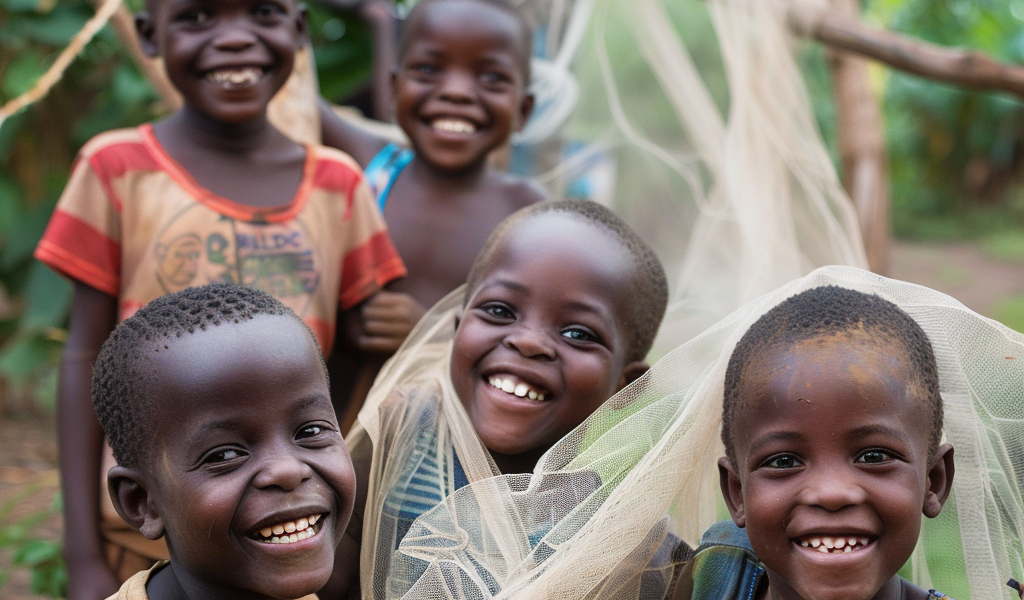In a recent study published in the New England Journal of Medicine, researchers have found that a monoclonal antibody called L9LS offers significant protection against malaria in children. This experimental antibody, developed by scientists at the National Institutes of Health (NIH), demonstrated up to 77% protection for children in Mali during a 6-month malaria season.
Malaria remains a major global health concern, with at least 600,000 people, mostly African children, dying from the disease each year. Despite efforts such as the use of mosquito nets and seasonal chemical prevention, there were an estimated 250 million cases of malaria in 2022.
The study assessed the efficacy of two doses of the monoclonal antibody, 150 milligrams (mg) and 300 mg, in healthy children in Mali. Results showed that children who received the antibody had a significantly lower risk of developing symptomatic malaria compared to those who received a placebo. The protective efficacy of the antibody was found to be 67% for the 150-mg dose and 77% for the 300-mg dose.
According to the authors of the study, these findings support the potential use of antimalarial monoclonal antibodies in high-risk populations, including infants, young children, and pregnant individuals. This alternative approach could be particularly beneficial in areas where chemoprevention is challenging to administer.
Dr. Trevor Mundel of the Bill and Melinda Gates Foundation emphasized the importance of continued innovation in the fight against malaria. While monoclonal antibodies show promise, he highlighted the need for a comprehensive approach to combat the disease, considering factors such as insecticide resistance.
Overall, the development of monoclonal antibodies like L9LS presents a promising avenue for malaria prevention, offering a convenient and effective alternative to traditional methods. With further research and implementation, these antibodies could play a crucial role in reducing the burden of malaria in high-risk populations.





